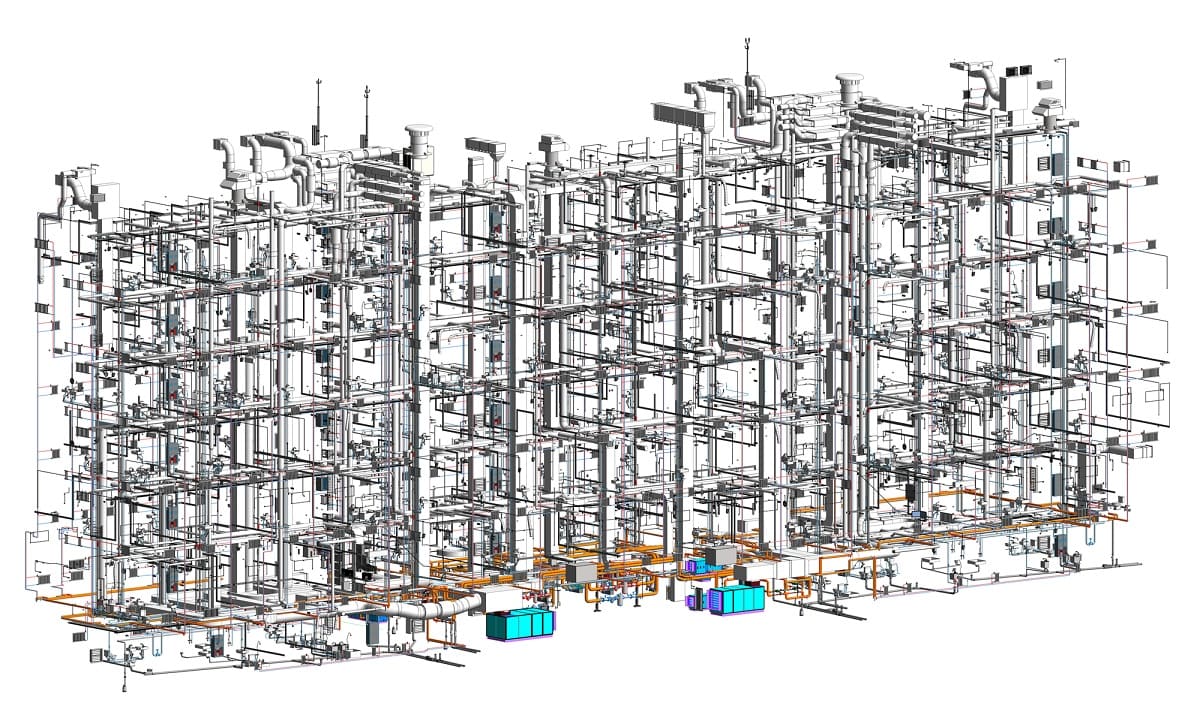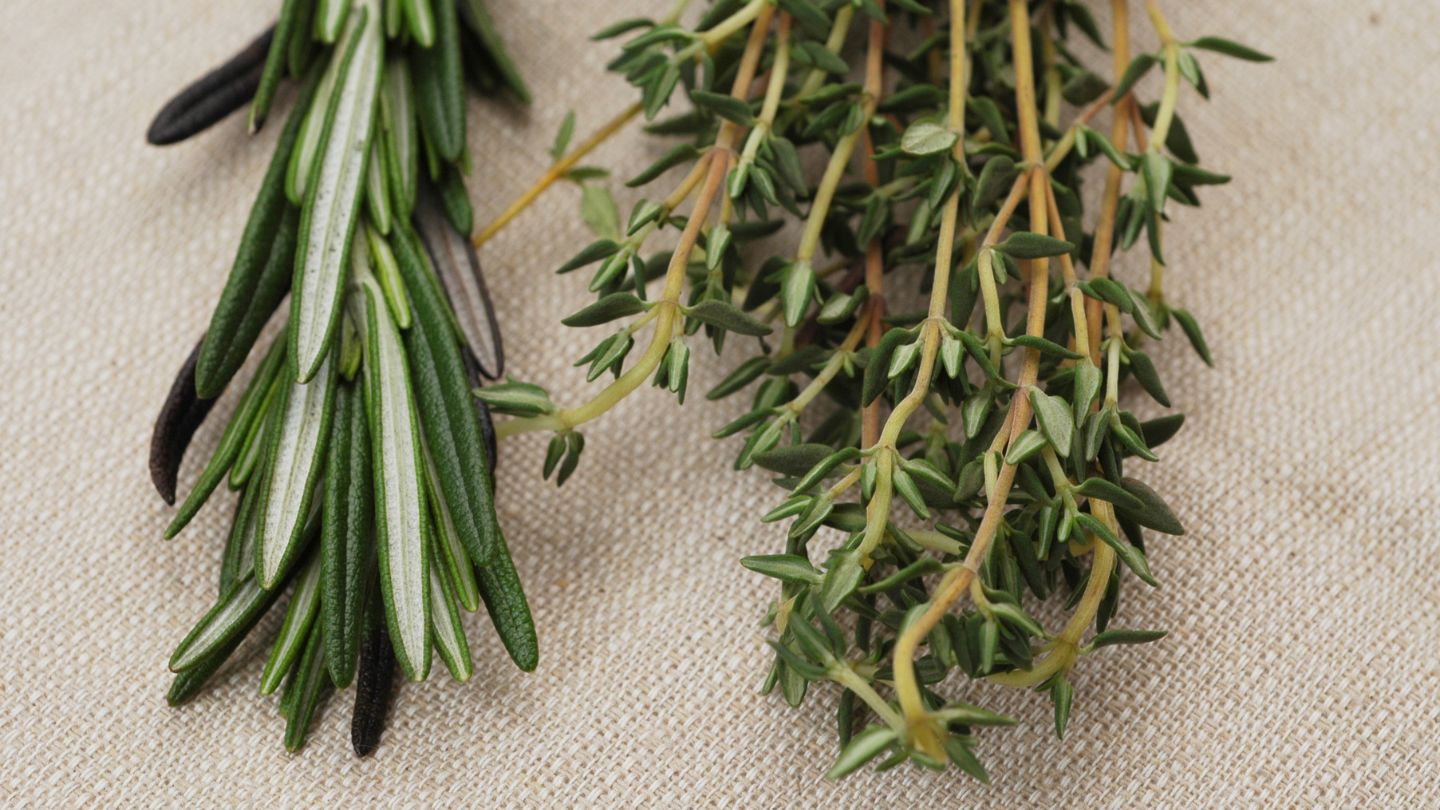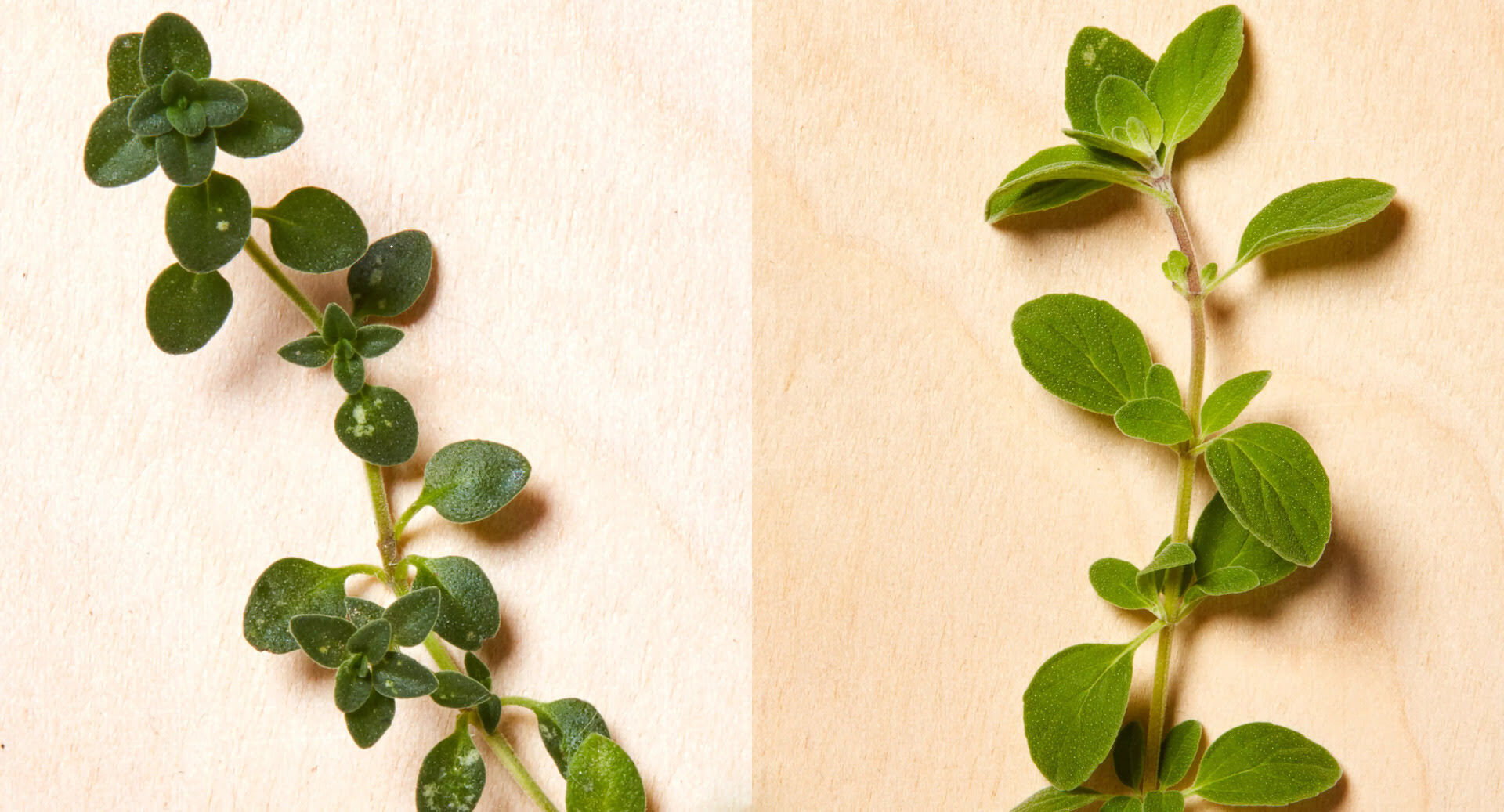Home>Articles>What Is The Difference Between A Duvet And Comforter


Articles
What Is The Difference Between A Duvet And Comforter
Modified: February 24, 2024
Discover the differences between duvets and comforters with our informative articles. Find out which bedding option is right for you.
(Many of the links in this article redirect to a specific reviewed product. Your purchase of these products through affiliate links helps to generate commission for Storables.com, at no extra cost. Learn more)
Introduction
When it comes to creating a cozy and inviting bed, two essential bedding options are often at the forefront: the duvet and the comforter. These two bedding items serve a similar purpose of providing warmth, but they have distinct differences that can affect your sleeping experience and overall bedroom aesthetic. Understanding the differences between a duvet and a comforter can help you make an informed decision when choosing the perfect bedding for your needs.
Both duvets and comforters are available in various styles, colors, and designs, allowing you to personalize your bedroom decor. However, before diving into those decorative elements, let’s first establish a clear definition of what a duvet and a comforter actually are.
Key Takeaways:
- Duvets offer greater versatility and customization with removable covers, allowing for easy adjustments based on seasons or style preferences. They also require less frequent washing and maintenance, but may be more expensive due to quality fill materials and the need for duvet covers.
- Comforters come in a variety of designs and patterns, enhancing the visual appeal of your bedroom. They offer convenience with a single-piece design that does not require a separate cover, but may require more regular cleaning as a whole. Comforters tend to be more affordable compared to duvets, especially those filled with synthetic fibers.
Definition of Duvet
A duvet, also known as a duvet insert or a comforter insert, is a soft, flat bag typically filled with down, feathers, or synthetic materials. It is designed to be inserted into a duvet cover, which serves as a protective layer and can be easily removed for washing.
Duvets originated in Europe and are commonly used as the top layer of bedding instead of a traditional sheet and blanket combination. They offer a lightweight yet cozy option for keeping warm during the night. Duvets come in various sizes to fit different bed dimensions, from twin to king. Additionally, they can be quilted or have channel stitching to prevent the fill material from shifting.
One of the key features of a duvet is its versatility. In colder seasons, you can use a duvet with a higher fill power and heavier weight to provide maximum warmth. In warmer seasons, you can opt for a duvet with a lower fill power or choose a duvet insert made from breathable materials to prevent overheating.
Another advantage of duvets is their easy maintenance. The duvet cover acts as a protective barrier, preventing direct contact between the duvet insert and your skin. This reduces the frequency of washing the duvet insert itself, as you can simply remove and wash the cover instead. Most duvet covers feature zipper or button closures, ensuring that the duvet insert stays securely in place.
Definition of Comforter
A comforter is a thick, padded blanket-like bedding item that is filled with synthetic fibers, down feathers, wool, or a combination of materials. Unlike a duvet, a comforter is typically one piece and does not require a separate cover. It is designed to be used as-is, directly on top of your mattress and beneath your sheets.
Comforters are available in various sizes, from twin to king, to fit different bed dimensions. They come in a wide range of colors, patterns, and designs, allowing you to customize your bedroom decor. Some comforters are reversible, with different patterns or colors on each side, providing versatility in design.
The fill material of a comforter plays a crucial role in its insulation properties. Down comforters, filled with the soft and fluffy undercoating of waterfowl, offer exceptional warmth and breathability. On the other hand, synthetic-filled comforters are hypoallergenic and can be a more affordable option for those with allergies.
One advantage of using a comforter is the convenience it brings. Since it is a single piece of bedding, it does not require the additional step of inserting it into a cover. This makes making the bed and changing the bedding a quicker and easier process. Comforters often come with decorative stitching or patterns, adding a touch of style to your sleeping space.
While comforters are cozy and provide warmth, they do not offer the same level of versatility as duvets when it comes to adjusting thermal properties. However, some comforters come with varying levels of warmth, such as lightweight or all-season options, to accommodate different sleep preferences.
Key Differences Between Duvet and Comforter
While duvets and comforters serve the same purpose of providing warmth and comfort, there are key differences between these two bedding options. Understanding these differences can help you make an informed decision based on your personal preferences and needs. Here are the main distinctions:
1. Use and Design:
A duvet is designed to be used with a separate duvet cover, which allows for easy washing and customization. It is meant to act as a removable insert for the cover. On the other hand, a comforter is a standalone piece of bedding that does not require a separate cover. It is designed to be used directly on top of the mattress. Comforters often come in various patterns, colors, and decorative stitching, enhancing the visual appeal of your bedroom.
2. Fill Material:
The fill material used in duvets and comforters can vary. Duvets are often filled with down feathers, synthetic fibers, or a combination of both. Down is known for its superior insulation and lightness, while synthetic fibers are hypoallergenic and more affordable. Comforters can be filled with a variety of materials, including down feathers, synthetic fibers, wool, or a blend. The choice of fill material affects the comfort, warmth, and price of the bedding.
3. Versatility:
Duvets are known for their versatility. They can be easily swapped out for different seasons or preferences by changing the duvet cover. For example, you can use a lightweight duvet insert for warmer months and a thicker one for colder months. Comforters, on the other hand, are less adaptable in this regard. They provide a consistent level of warmth throughout the year and do not have the option for interchangeable covers.
4. Maintenance:
Duvets are relatively easier to maintain compared to comforters. Since they have a removable duvet cover, you can simply remove and wash the cover regularly, reducing the need to clean the duvet insert underneath. Comforters, being one piece, require regular washing as a whole, which may take more effort and time.
5. Cost:
The cost of duvets and comforters can vary depending on factors such as fill material, brand, and quality. In general, duvets tend to be more expensive due to the versatility they offer, the cost of duvet covers, and the quality of the fill material. Comforters, especially those filled with synthetic fibers, are often more affordable.
Considering these differences can help you decide which option aligns best with your sleeping preferences, style, and budget. Ultimately, the choice between a duvet and a comforter comes down to personal preference and the level of customization and functionality you desire for your bed.
Fill Material
The fill material used in duvets and comforters plays a significant role in their comfort, warmth, and overall performance. Here are some common fill materials used in both duvets and comforters:
1. Down:
Down refers to the soft and fluffy clusters found underneath the feathers of ducks and geese. Down is highly regarded for its exceptional insulation properties, lightness, and superior warmth. It provides excellent loft, creating a cozy and fluffy bedding experience. However, down-filled duvets and comforters can be more expensive compared to other fill materials.
2. Synthetic Fibers:
Synthetic fibers, such as polyester, are popular fill materials used in both duvets and comforters. These fibers offer affordability, durability, and hypoallergenic properties. Synthetic-filled bedding items are a great option for individuals with allergies or those looking for more budget-friendly choices.
3. Wool:
Wool is a natural fill material that has excellent temperature-regulating properties. It helps to keep you warm in the colder months while also allowing air circulation to prevent overheating. Wool-filled duvets and comforters are often sought after for their natural insulation and moisture-wicking capabilities.
4. Feather-Down Blend:
Some duvets and comforters use a blend of down feathers and regular feathers. This combination provides a balance of softness and support as the down adds loft, while the regular feathers offer structure and durability. Feather-down blends can be a more economical option compared to pure down-filled bedding items.
5. Alternative Down:
As an alternative to traditional down, many synthetic fillings imitate the loft and warmth of down. These alternative down materials are often made from microfibers or clusters of polyester. They offer a similar level of comfort and warmth as down without the use of animal products.
When choosing between duvets and comforters based on fill material, consider factors such as your desired level of warmth, any allergies you may have, and your budget. Each fill material has its own unique characteristics, so it’s important to find the one that best suits your specific needs and preferences.
Design and Construction
The design and construction of duvets and comforters can greatly impact their overall performance, durability, and aesthetic appeal. Here are some key considerations regarding their design and construction:
Duvets:
Duvets typically have a quilted or channel-stitched construction. This stitching pattern helps to hold the fill material in place, preventing it from shifting or clumping. The quilted design creates a grid-like pattern throughout the duvet, ensuring an even distribution of warmth. Some duvets may have decorative stitching, such as diamond or paisley patterns, which add an elegant touch to the bedding.
One of the main design features of a duvet is the presence of corner ties or loops. These are small fabric ties or loops located in the corners of the duvet. They are used to secure the duvet insert to the duvet cover, preventing it from sliding around or bunching up inside the cover.
Comforters:
Comforters come in a variety of designs and constructions, ranging from simple box stitching to intricate patterns and quilting. The stitching on a comforter can influence its appearance, warmth, and durability. Baffle box construction is a popular technique used for creating individual compartments in the comforter to prevent the fill material from shifting.
Comforters often feature decorative details, such as borders, piping, or embroidery, which enhance their visual appeal. These design elements can complement the overall decor of your bedroom and add a touch of elegance to your bedding ensemble.
Size:
Both duvets and comforters come in various sizes to fit different bed dimensions, from twin to king. It is essential to choose the correct size to ensure a proper fit for your mattress. A well-fitted duvet or comforter helps to maximize its effectiveness in providing warmth and comfort.
It’s worth noting that duvet inserts and duvet covers are often sold separately, allowing you to mix and match designs or change them as desired. Comforters, on the other hand, are typically sold as one complete piece, eliminating the need for purchasing a separate cover.
Ultimately, the design and construction of duvets and comforters are important factors to consider when selecting your bedding. The stitching patterns, decorative details, and size can greatly impact not only the functionality of the bedding but also the overall aesthetic appeal of your bedroom.
Versatility and Customization
When it comes to versatility and customization options, duvets have a clear advantage over comforters. Here’s why:
1. Seasonal Adaptability:
Duvets offer greater flexibility in adapting to different seasons. With a duvet, you can easily change the duvet cover to match the temperature and style preferences. In warmer months, you can opt for a lightweight duvet insert or choose a duvet cover made from breathable materials to promote airflow and prevent overheating. As the weather gets cooler, you can switch to a thicker duvet insert or use layers with higher fill power to provide more insulation.
Comforters, on the other hand, have a consistent level of warmth throughout the year. While some comforters may offer varying weights or thicknesses, they do not offer the same level of adaptability as duvets when it comes to adjusting thermal properties.
2. Style Flexibility:
Duvets allow for easy customization and style changes. Since they use separate duvet covers, you can easily change the look and feel of your bedding to match your evolving taste or the overall theme of your bedroom. Duvet covers come in a wide selection of colors, patterns, and designs, allowing you to switch up the style of your bed effortlessly. This versatility can bring a fresh and updated look to your bedroom without the need to replace the entire bedding.
Comforters, on the other hand, typically come in pre-designed patterns or solid colors. While they often offer style options to suit various decor preferences, they do not allow for the same level of customization that duvets provide.
3. Easy Cleaning and Maintenance:
Duvets are known for their easy cleaning and maintenance. The duvet cover acts as a protective layer, preventing direct contact between the duvet insert and your skin. This reduces the frequency of washing the duvet insert itself, as you can simply remove and wash the cover. Additionally, most duvet covers feature zipper or button closures, ensuring that the duvet insert stays securely in place.
Comforters, being one piece, require regular washing as a whole. Depending on the size and weight of the comforter, cleaning and maintaining it can be more challenging and time-consuming. The need for professional cleaning or large-capacity washers can also come into play with bulkier comforters.
In terms of versatility and customization, duvets provide a greater range of options to accommodate different seasons, style preferences, and ease of maintenance. The ability to easily swap out duvet covers and adjust the level of warmth makes duvets a more versatile and customizable choice compared to comforters.
Cleaning and Maintenance
Cleaning and maintenance requirements play a crucial role in the longevity and overall performance of bedding items. Here’s what you need to know about the cleaning and maintenance of duvets and comforters:
Duvets:
One of the advantages of duvets is their easy maintenance. The removable duvet cover acts as a protective barrier, minimizing direct contact between the duvet insert and your body. This reduces the need for frequent washing of the duvet insert itself.
Generally, it is recommended to wash the duvet cover regularly according to the manufacturer’s instructions. Most duvet covers can be machine-washed and dried, making them convenient to clean. Keep in mind that some duvet covers may have specific care instructions due to their fabric or design, so it’s important to check the label before laundering.
As for the duvet insert, it typically does not require frequent washing unless it becomes soiled or stained. In this case, you should refer to the care instructions provided by the manufacturer. Some duvet inserts can be machine-washed, while others may require professional cleaning due to their size, weight, or specific fill material.
Regularly fluffing and airing out the duvet insert can help maintain its loft and freshness. This can be accomplished by gently shaking it or hanging it outside on a sunny day, if applicable.
Comforters:
Comforters require more frequent cleaning compared to duvets since they are a single piece of bedding. The cleaning method for comforters may vary depending on the size, type of fill, and care instructions provided by the manufacturer.
Many comforters can be machine-washed and dried, but it’s essential to check the care label for specific instructions. It’s recommended to use a gentle cycle and mild detergent to minimize damage to the fill material and maintain the integrity of the comforter. For larger and bulkier comforters, it may be necessary to visit a laundromat or use a commercial washer and dryer.
In some cases, such as with down-filled comforters, professional cleaning may be recommended to ensure proper maintenance and preservation of the fill material.
To keep your comforter in optimal condition between washes, it’s suggested to use a duvet cover or a top sheet to protect it against direct contact with your body. Regularly fluffing and airing out the comforter can also help maintain its loft and freshness.
Note that care instructions may vary depending on the brand, so always refer to the manufacturer’s recommendations for the best cleaning and maintenance practices.
Overall, duvets offer easier maintenance due to their removable duvet covers, while comforters require more regular cleaning as a whole. However, proper care and cleaning practices can help extend the lifespan of both duvets and comforters, ensuring that they continue to provide comfort and warmth for years to come.
Cost Comparison
When it comes to the cost of duvets and comforters, several factors can influence the price range. Here’s a breakdown of cost considerations for both bedding options:
Duvets:
Duvets generally tend to be more expensive compared to comforters. The cost of a duvet can vary depending on factors such as:
- Fill Material: The quality of the fill material used in the duvet can significantly impact the price. Duvets filled with down feathers generally tend to be more expensive than those filled with synthetic fibers.
- Fill Power: Fill power refers to the quality and loftiness of the down used in the duvet. Higher fill power indicates better insulation and loft, but it also comes with a higher price tag.
- Thread Count: The thread count of the duvet cover can influence its price. Higher thread counts generally indicate a smoother and more luxurious fabric, which can contribute to a higher cost.
- Brand and Quality: Established brands with a reputation for high-quality bedding may command higher prices. The construction, craftsmanship, and materials used in the duvet can also affect the overall cost.
Comforters:
Comforters, in general, tend to be more affordable compared to duvets. The cost of a comforter can be influenced by factors such as:
- Fill Material: The type of fill material used in the comforter can impact its price. Down-filled comforters are often more expensive than comforters filled with synthetic fibers or alternative down materials.
- Fill Weight: The amount of fill material used in the comforter can affect its price. Heavier comforters with a higher fill weight may be more costly.
- Design and Brand: Comforters with intricate designs, patterns, or higher-quality construction may come with a higher price tag. Established brands may also charge a premium for their reputation and craftsmanship.
It’s important to note that cost does not always equate to quality. While higher-priced duvets and comforters may offer superior materials and craftsmanship, there are also budget-friendly options available that provide comfort and warmth.
Ultimately, the cost of duvets and comforters depends on the specific features, materials used, and brand reputation. It’s recommended to set a budget and consider your priorities in terms of quality, aesthetics, and functionality before making a purchase decision.
Conclusion
Choosing between a duvet and a comforter ultimately comes down to personal preference, style, and the specific needs of your sleeping space. Both options offer their own unique characteristics and advantages. To recap:
Duvets:
- Allow for greater versatility and customization with removable duvet covers.
- Provide the option to adjust thermal properties based on seasons or personal preferences.
- Tend to require less frequent washing and maintenance.
- Can be more expensive due to the quality of fill materials and the need for duvet covers.
Comforters:
- Come in a variety of designs and patterns, enhancing the visual appeal of your bedroom.
- Offer convenience with a single-piece design that does not require a separate cover.
- May require more regular cleaning as a whole.
- Tend to be more affordable compared to duvets, especially those filled with synthetic fibers.
When making a decision, consider factors such as your preferred sleeping temperature, style preferences, ease of cleaning, and budget. Additionally, take into account the specific features and materials used in the duvet or comforter you are considering, as these can greatly affect the overall comfort and longevity of your bedding.
Ultimately, the goal is to create a sleep sanctuary that is comfortable, inviting, and reflective of your personal style. Whether you choose a duvet or a comforter, investing in high-quality bedding will contribute to a restful and cozy sleep environment.
Take the time to explore the options available, read product reviews, and consider your unique needs. With the right bedding choice, you can enhance the quality of your sleep and create a peaceful haven to retreat to at the end of each day.
Frequently Asked Questions about What Is The Difference Between A Duvet And Comforter
Was this page helpful?
At Storables.com, we guarantee accurate and reliable information. Our content, validated by Expert Board Contributors, is crafted following stringent Editorial Policies. We're committed to providing you with well-researched, expert-backed insights for all your informational needs.









0 thoughts on “What Is The Difference Between A Duvet And Comforter”